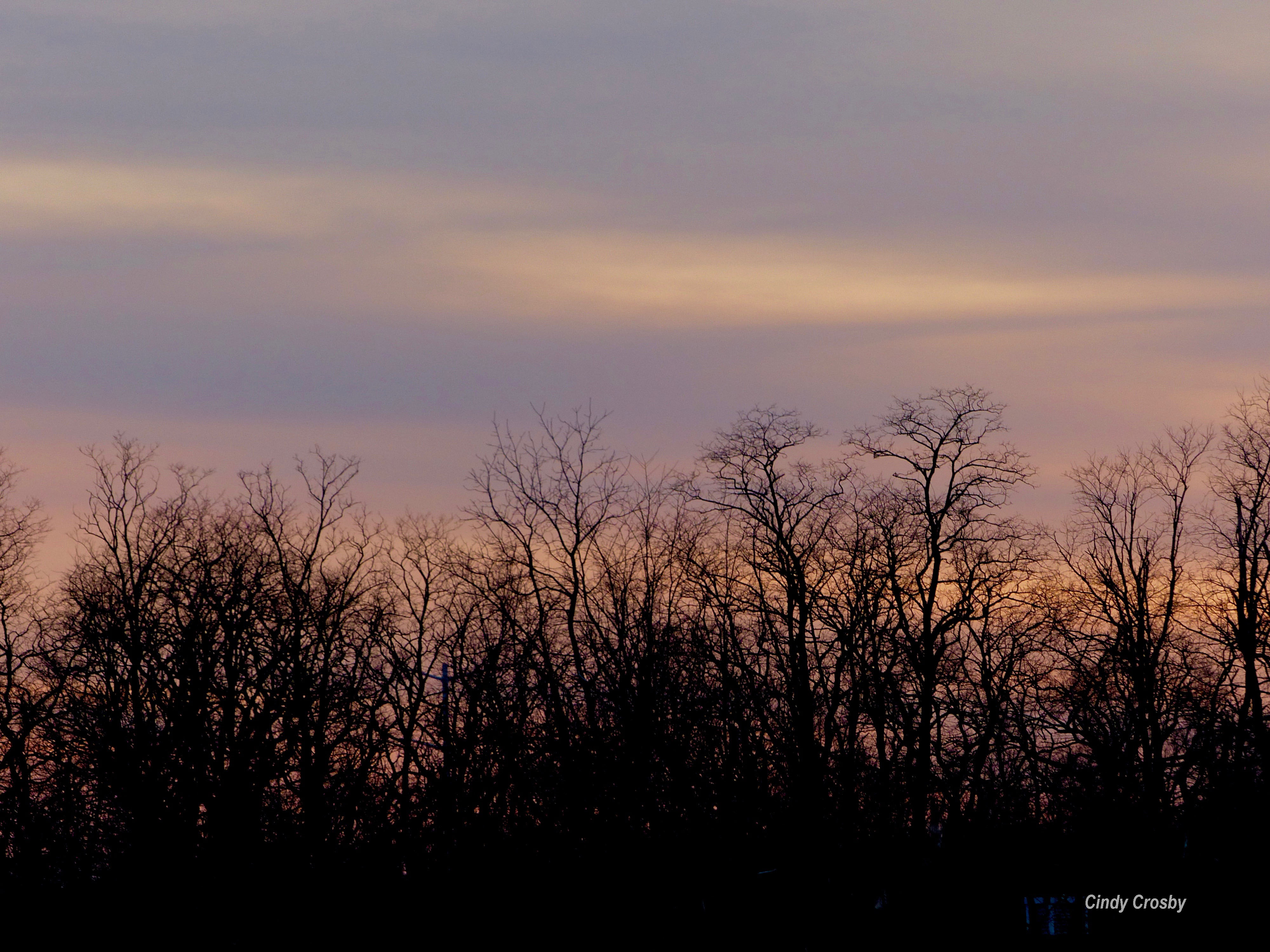“At once [the buffalo] is a symbol of the tenacity of wilderness and the destruction of wilderness…it stands for freedom and captivity, extinction and salvation.”—Steven Rinella
******
Let’s take a hike “where the buffalo roam.”

I’m chasing dragonflies at one of my favorite preserves in Illinois: Nachusa Grasslands. Approximately two hours west of Chicago, Nachusa Grasslands is a 3,800-acre mosaic of tallgrass prairies and savannas. Woodlands and wetlands. Today, as a dragonfly monitor at Nachusa with access inside the bison unit, I hope to collect Odonate data at one of my favorite pond routes. But the bison have other plans for my morning. As I wade into the wetland surrounding the pond, admiring the dragonflies…

…I hear a bellow. Uh, oh. That’s the sound of a bison bull kicking up some trouble.

When you’re working in a bison unit, you don’t wait around when you hear that sound. I immediately head for my car. It doesn’t take long. Here they come!

Mamas. Papas. Baby bison.

They make a beeline for my dragonfly pond, ready to join the frogs and cool off on this sunny morning.

I enjoy watching them wade into the water and graze on the juicy vegetation. But time passes. My plans for collecting dragonfly data this morning are shot. These bison aren’t going anywhere soon.

I make myself comfortable in the car, hoping they’ll eventually move on. I don’t get out. Bison are one of the most dangerous animals in North America. Males may weigh more than 2,000 pounds. And—they’re fast! I’ve watched them tear across the prairie at top speeds of 30 mph for no apparent reason. It’s important to respect these incredible animals.

I only take photos of bison with a zoom lens from the safety of my vehicle. Even then, while working in the bison unit, I’m careful to keep my car a good distance away.

Bison can jump, too! Up to six feet. They won’t let a fence keep them from something they really, really want to do. I admire that kind of determination.
I’m grateful for the bison at Nachusa—and not only because I enjoy watching them. Without them, the prairie is incomplete. They are an important piece of the prairie puzzle. As they wallow and churn through the prairie with their hooves…

…they create spaces for other members of the prairie community to thrive.

Bison grazing habits may also free up space for prairie wildflowers.

They also fertilize the prairie with their dung. Bison patties! Good stuff for prairies.

Time passes. The bison show no sign of leaving. Looks like it’s going to be “Plan B” today. I start the car and back up, then turn around on the gravel two-track. I’ve got plenty of alternatives besides this pond for a dragonfly-chasing hike. So many exciting areas to explore!

With so many wildflowers in bloom at Nachusa…

…and plenty of other interesting prairie creatures around….

… my alternative hike on the prairie this morning will still be time well spent.

The bison are fun to see, but they’re only a bonus on a trip to Nachusa. There is so much else to discover!
Why not go for a hike and see it for yourself?
*****
The opening quote is from American Buffalo: In Search of A Lost Icon by Stephen Rinella (2008).
*****
All photos in this week’s blog are from Nachusa Grasslands, The Nature Conservancy, Franklin Grove, IL.
Visit Nachusa Grasslands, and see the bison herd from the road pull-offs or from the beautiful new outdoor Prairie Visitor Center. Know bison safety protocol before you go: find it here. Respect the bison, and always observe them from a safe distance outside the bison unit. Want a closer look? Join Nachusa Grasslands bison tours during the “Autumn on the Prairie” celebration Saturday, September 18 to get an inside-the-bison unit view. For more information on public hiking trails and bison, visit Friends of Nachusa Grasslands’ website.
*****
Join Cindy for a class or program this summer!
August 17, 7pm-8:30 pm —in person —“The Tallgrass Prairie: Illinois Original Garden” Bloomingdale Garden Club, Bloomingdale, IL. Please visit http://www.bloomingdalegardenclub.org/events-new/ for more information and Covid safety protocol for the event and for current event updates.
September 9, 9:30-11 am– in person–“The Tallgrass Prairie: Illinois Original Garden” Oswego Hilltoppers Garden Club, Oswego Public Library. Please visit the club’s Facebook page for guest information, event updates and Covid protocol.
New to the prairie? Want to introduce a friend or family member to the tallgrass? Check out The Tallgrass Prairie: An Introduction (Northwestern University Press). No jargon, no technical terms — just a fun guide to navigating prairie hikes and developing a deeper relationship with the beautiful grasslands that make the Midwest special.













































 We don’t have much of it on the prairie where I’m a steward, so spotting its bright buds is a delight. It’s a fine contrast to the first blush orange that washes across the butterfly weed. Monarch caterpillars in my backyard and on the prairie seem to prefer this milkweed species.
We don’t have much of it on the prairie where I’m a steward, so spotting its bright buds is a delight. It’s a fine contrast to the first blush orange that washes across the butterfly weed. Monarch caterpillars in my backyard and on the prairie seem to prefer this milkweed species.

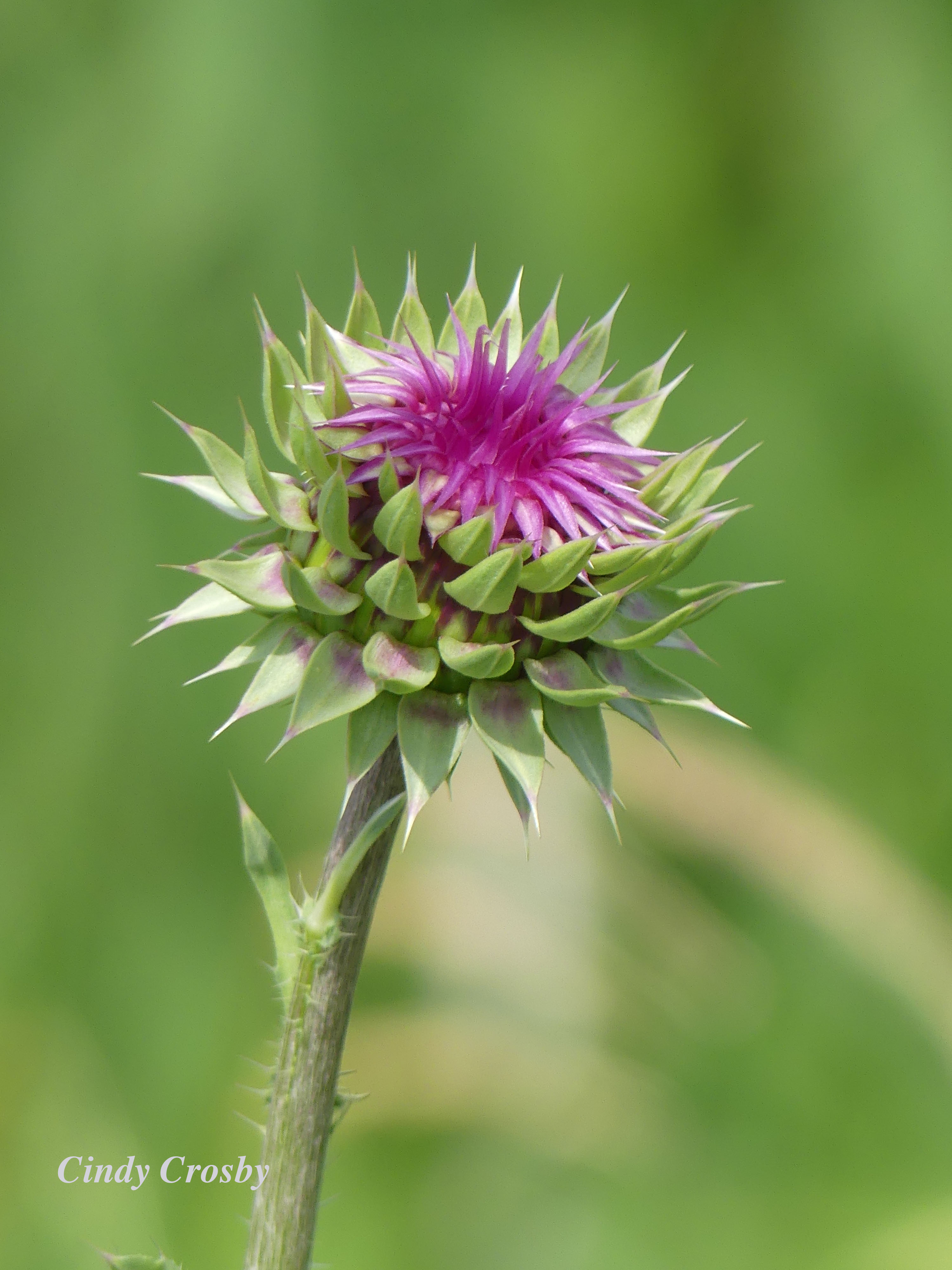



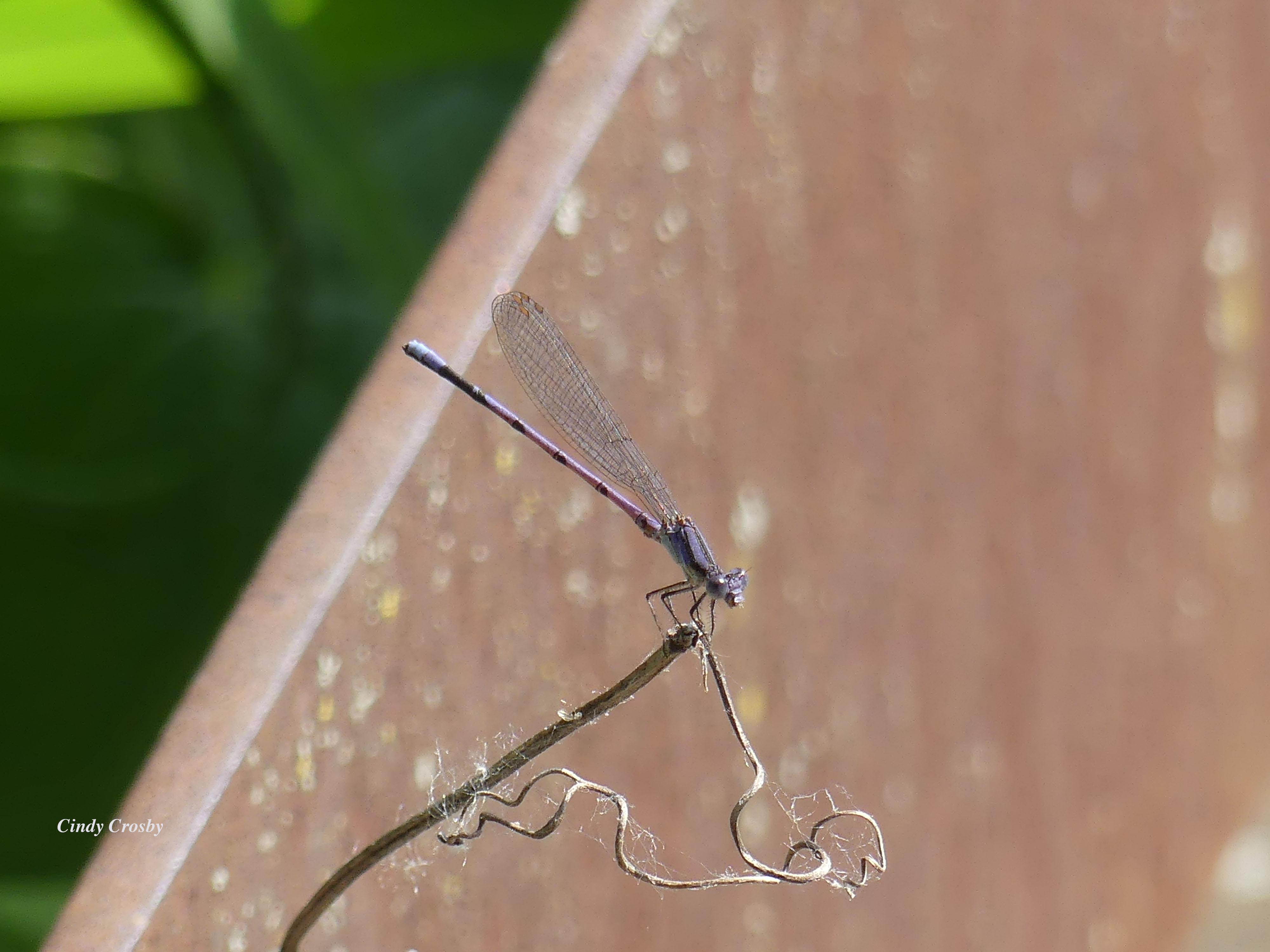























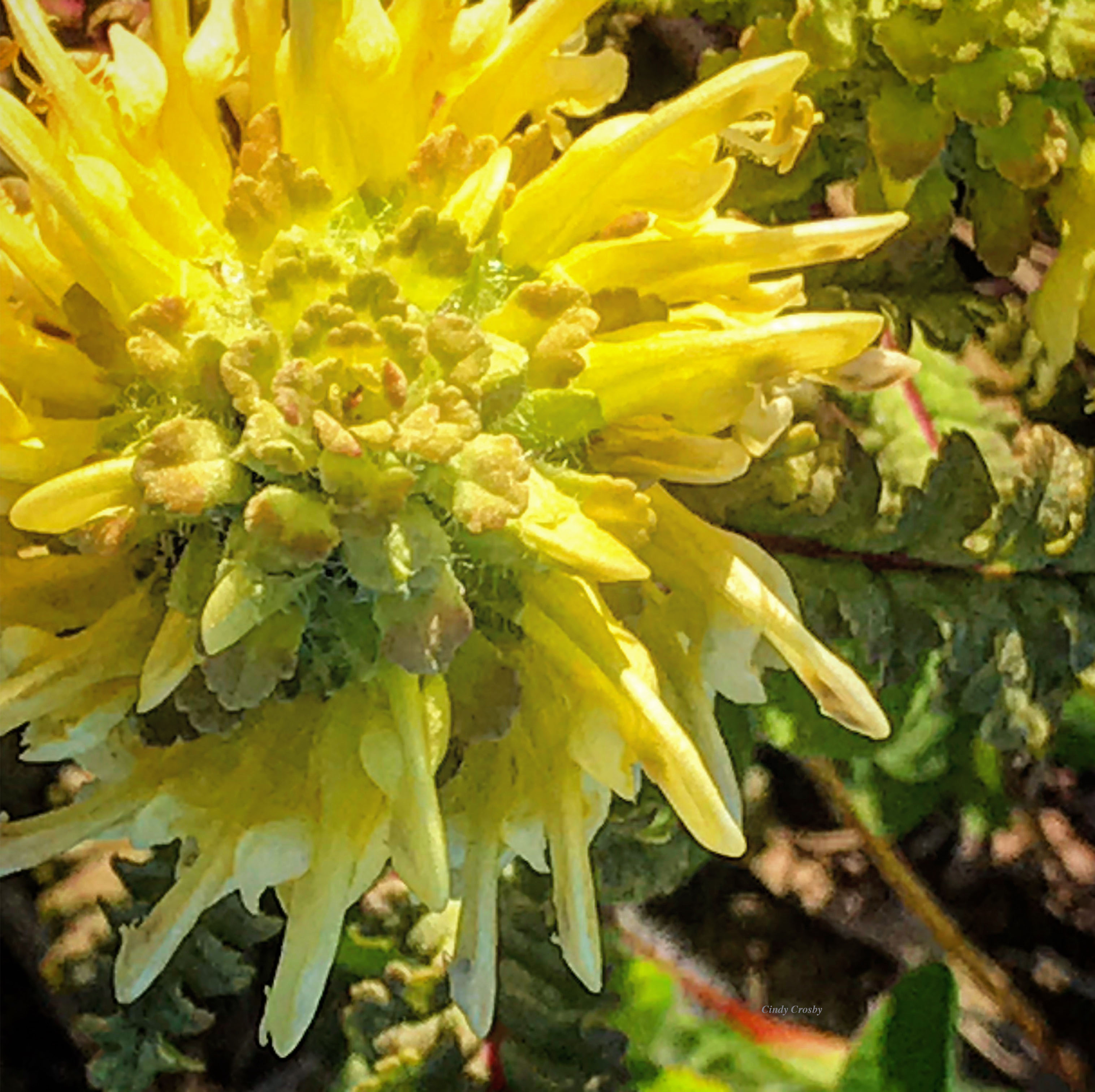



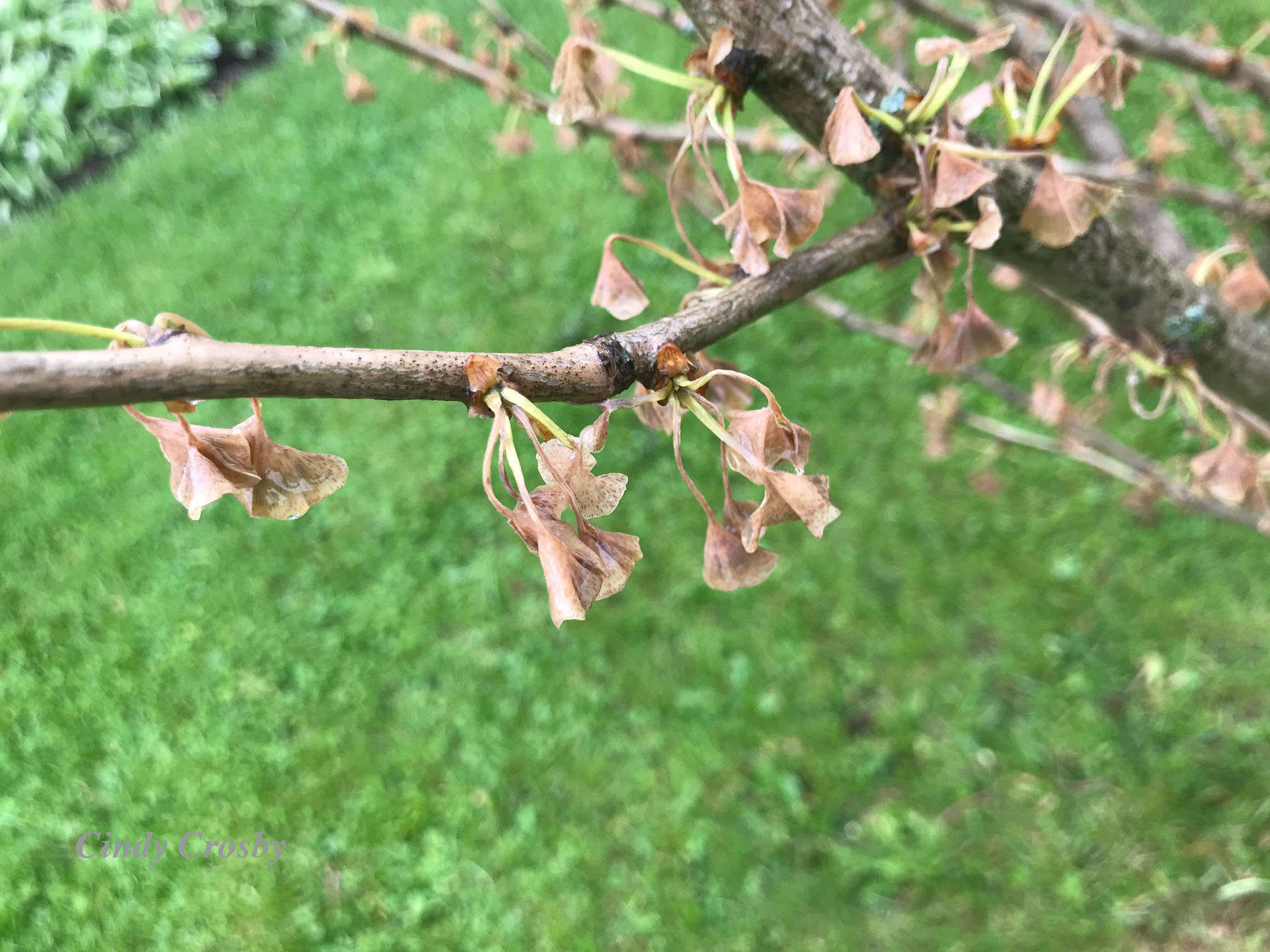











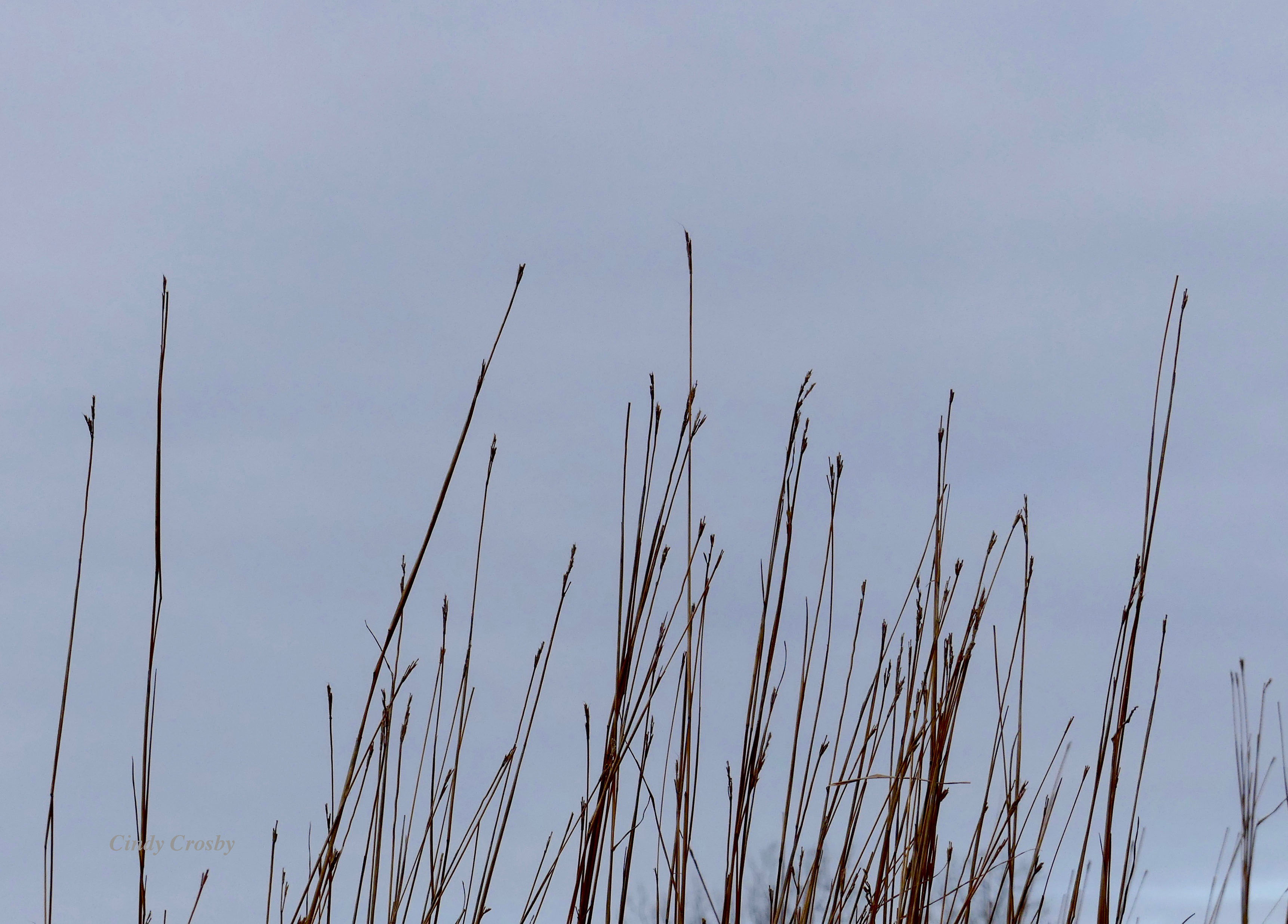
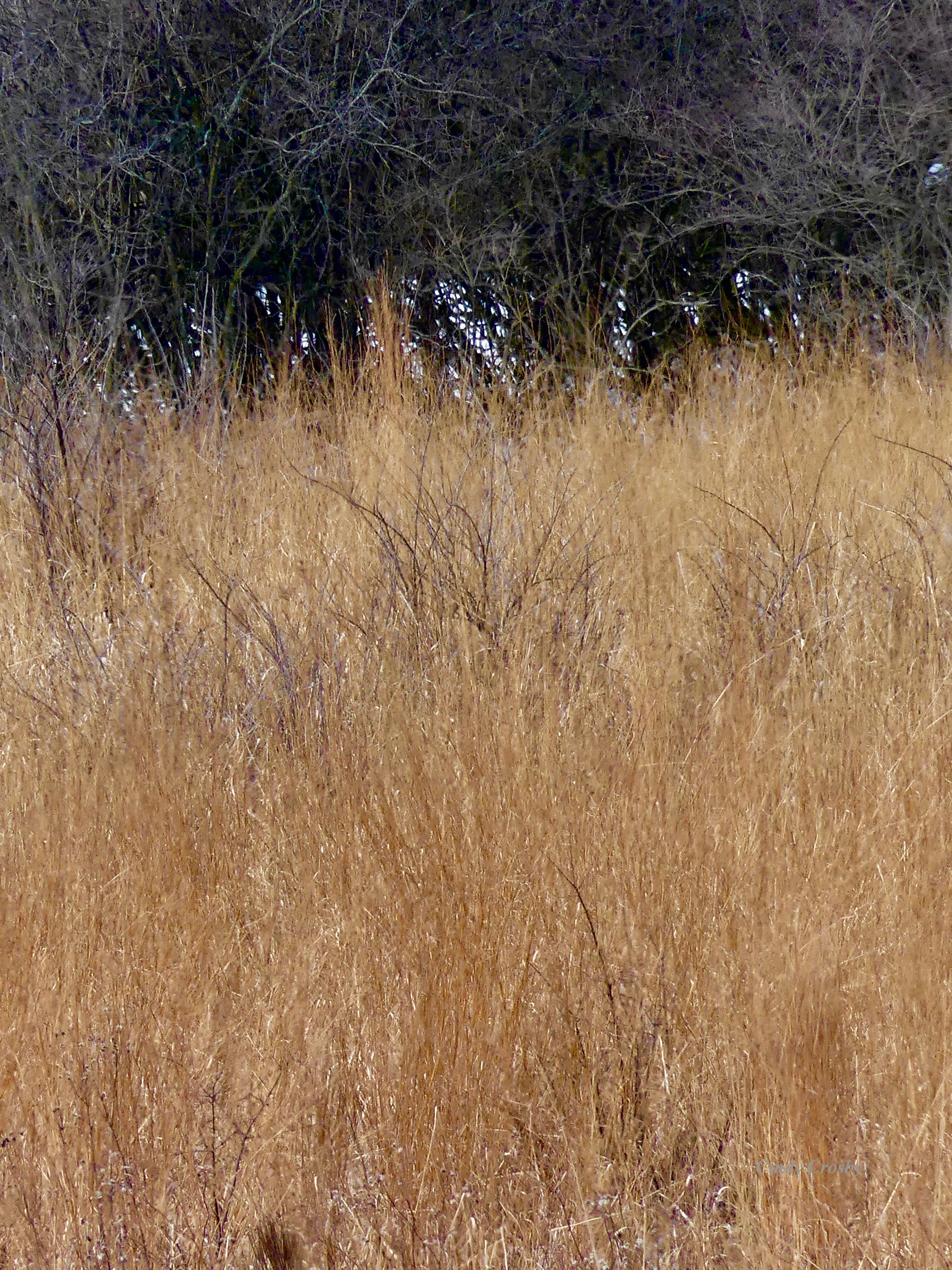

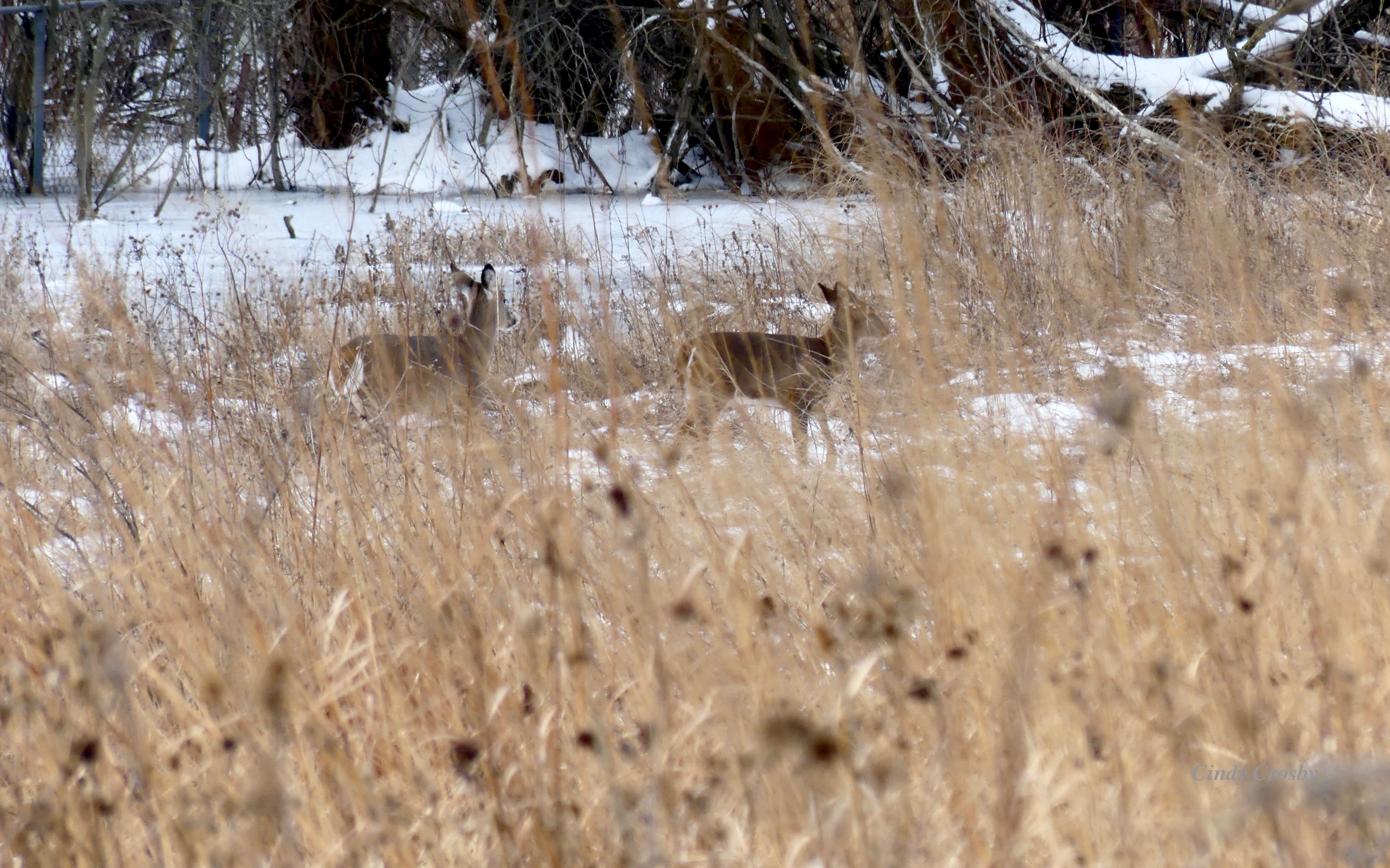



















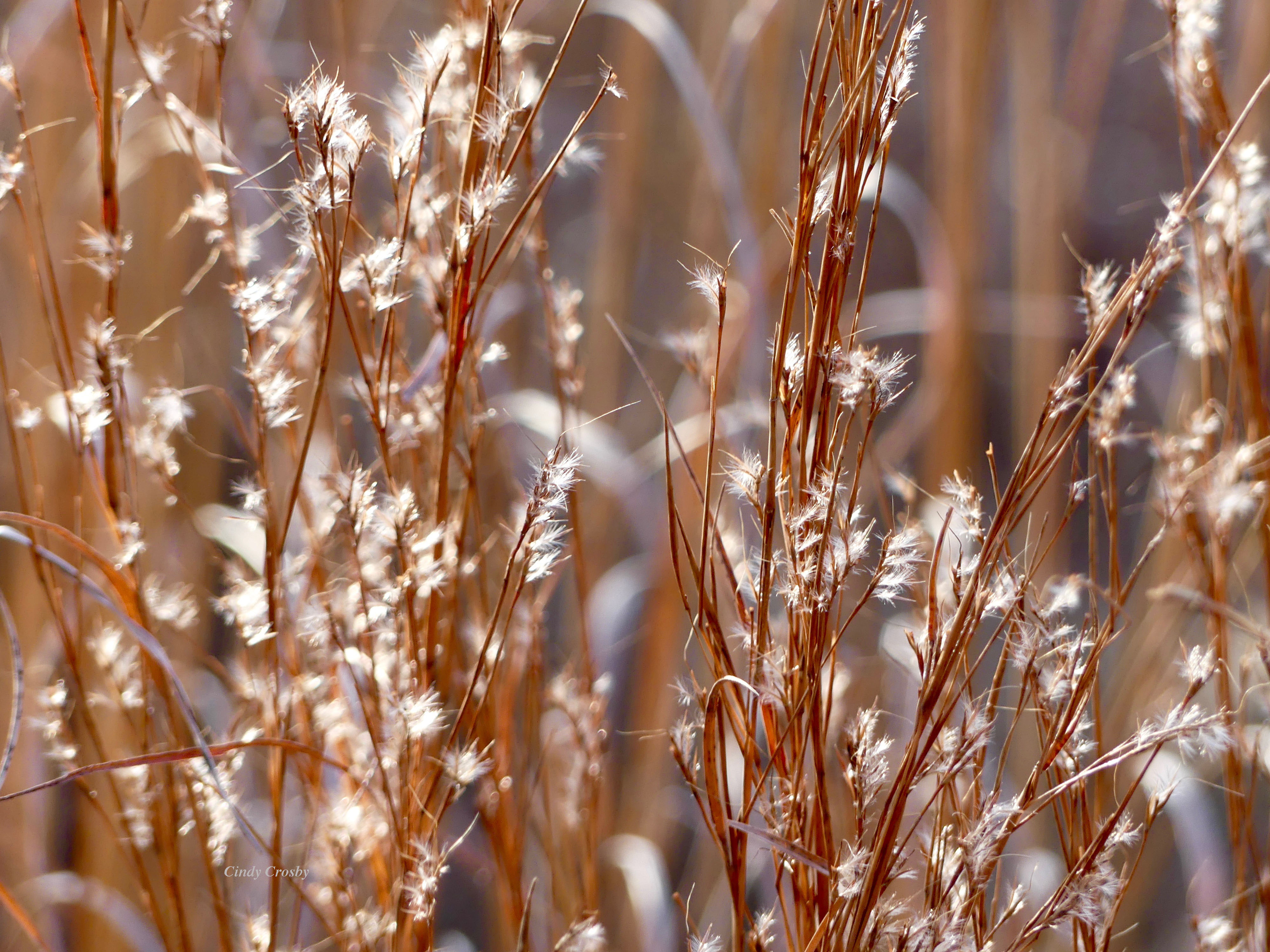












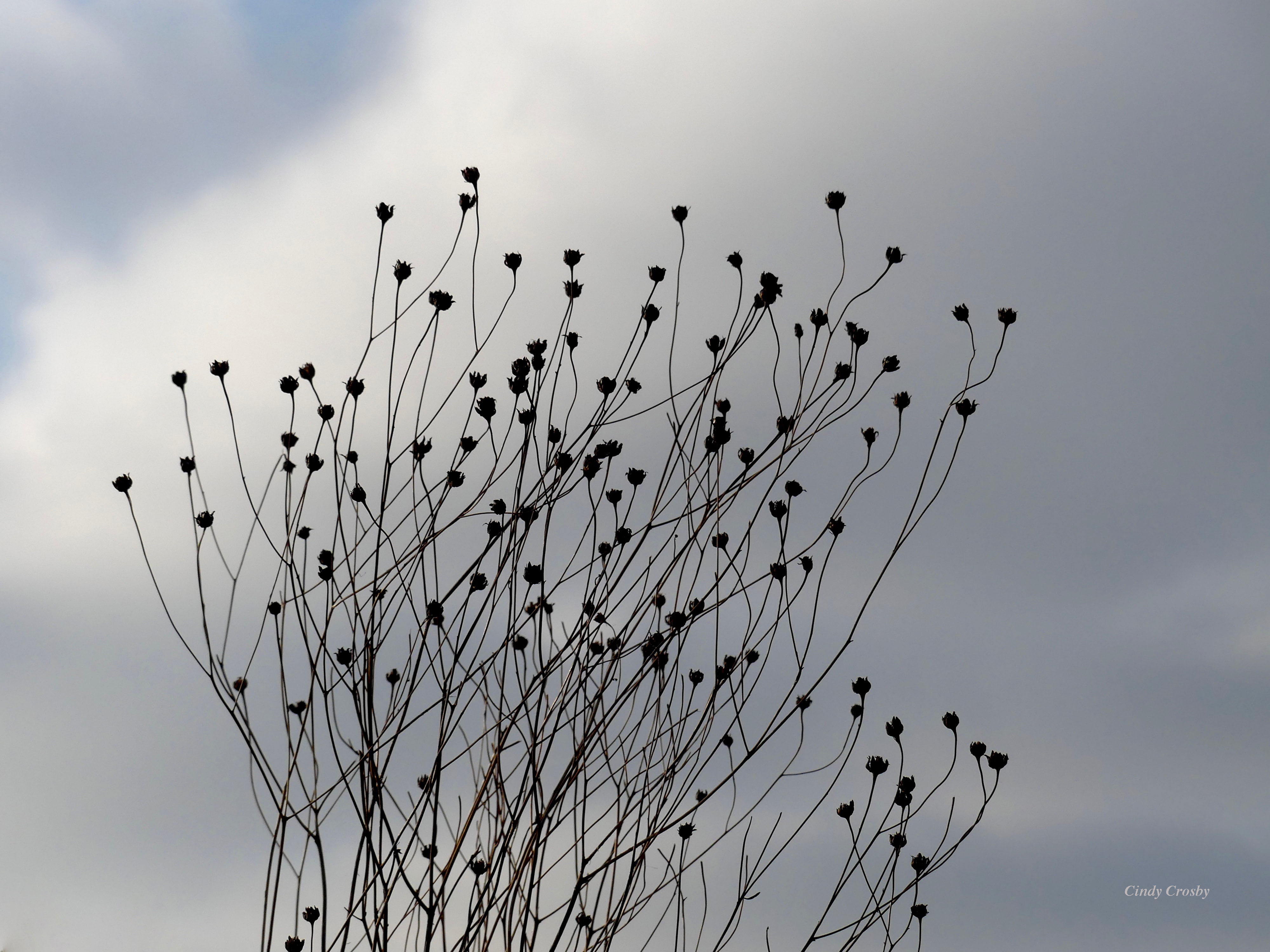

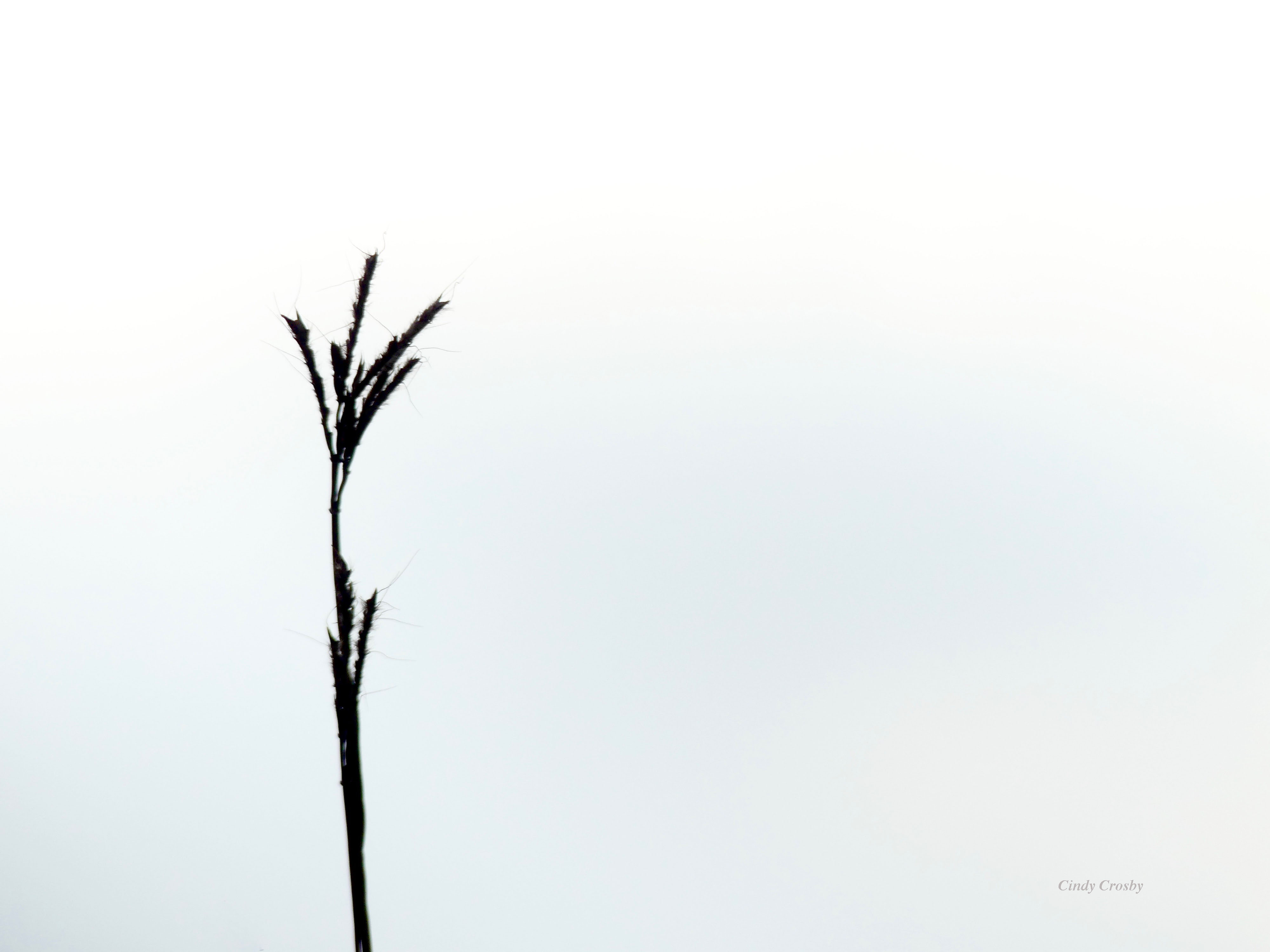






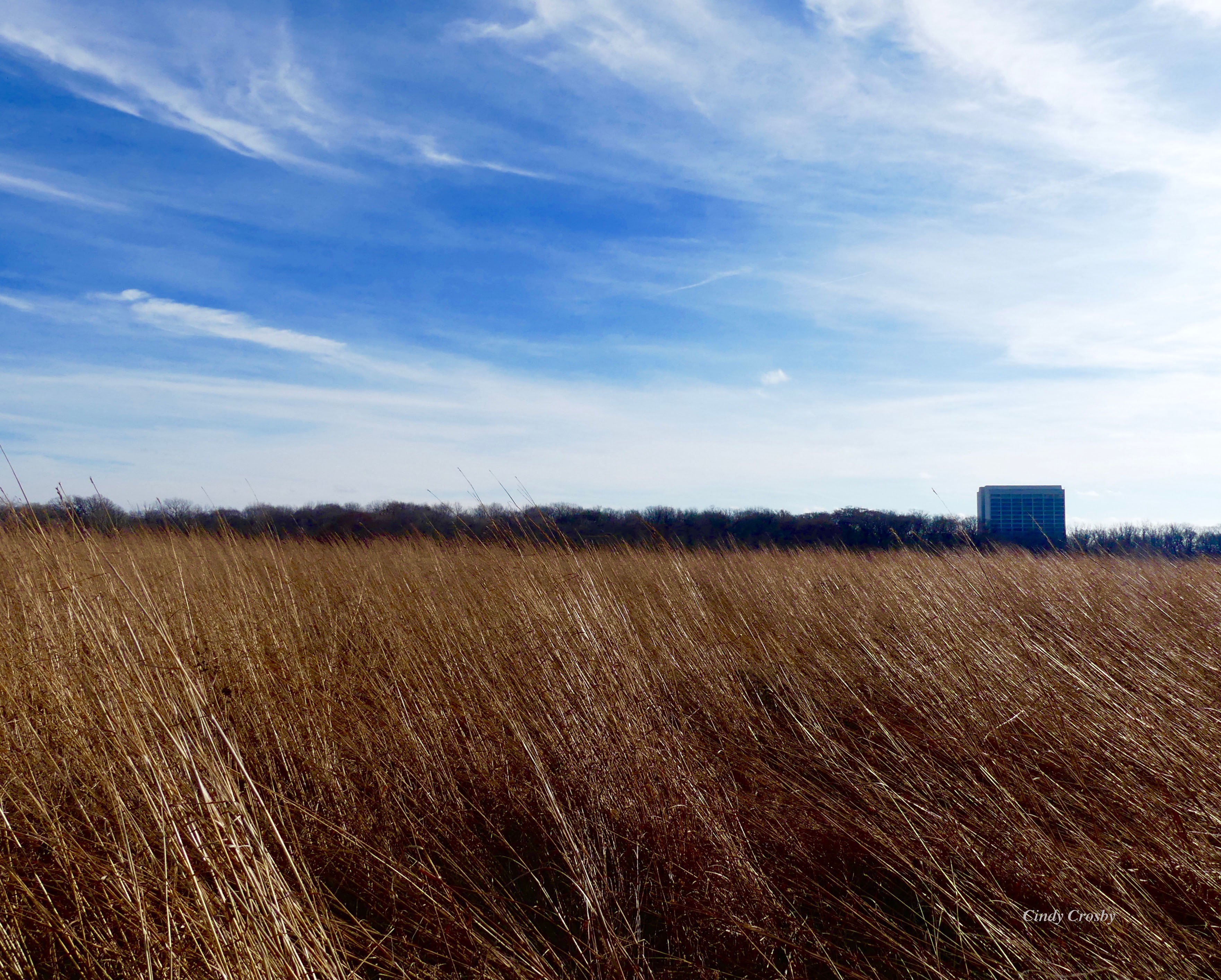


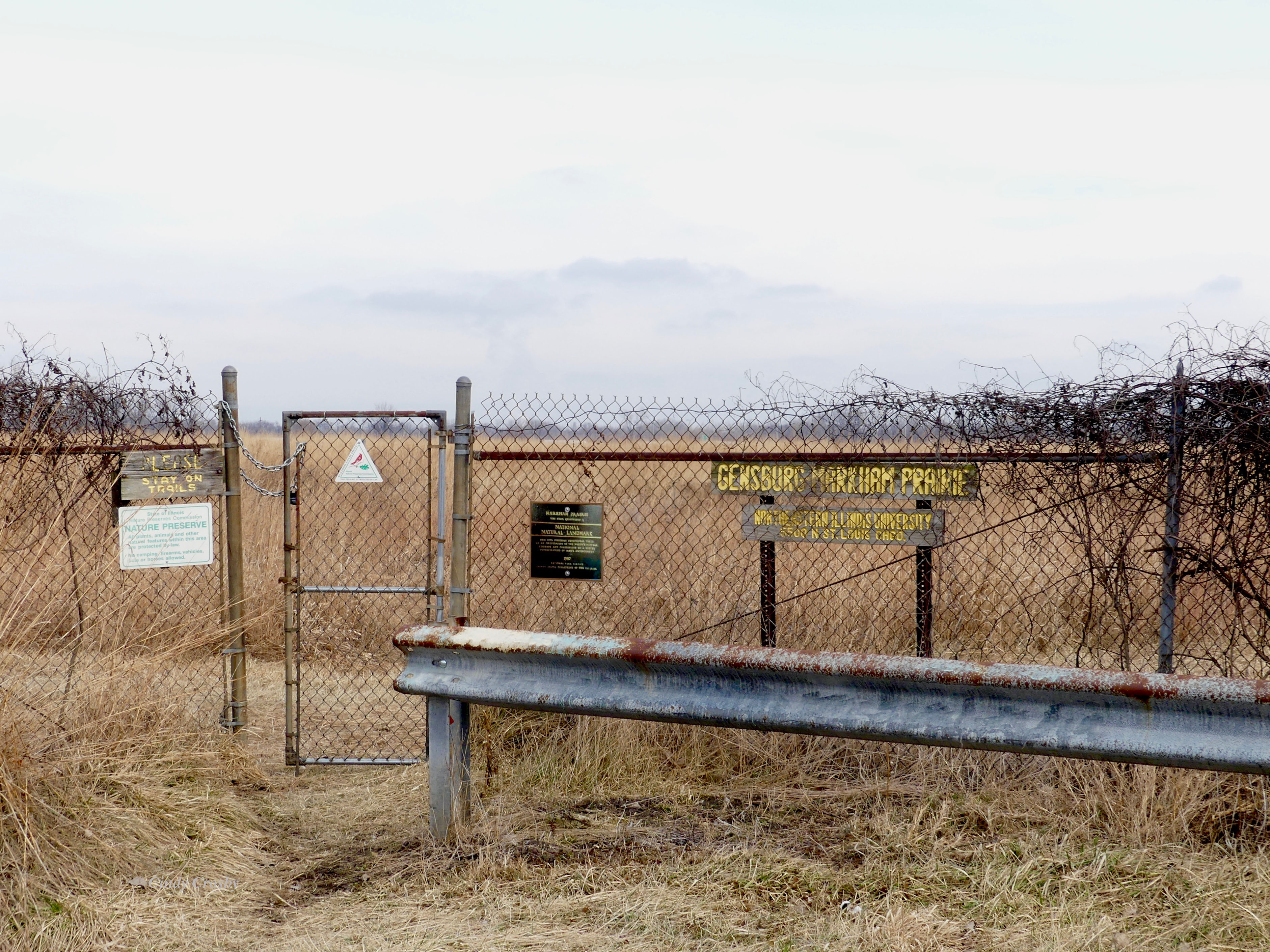

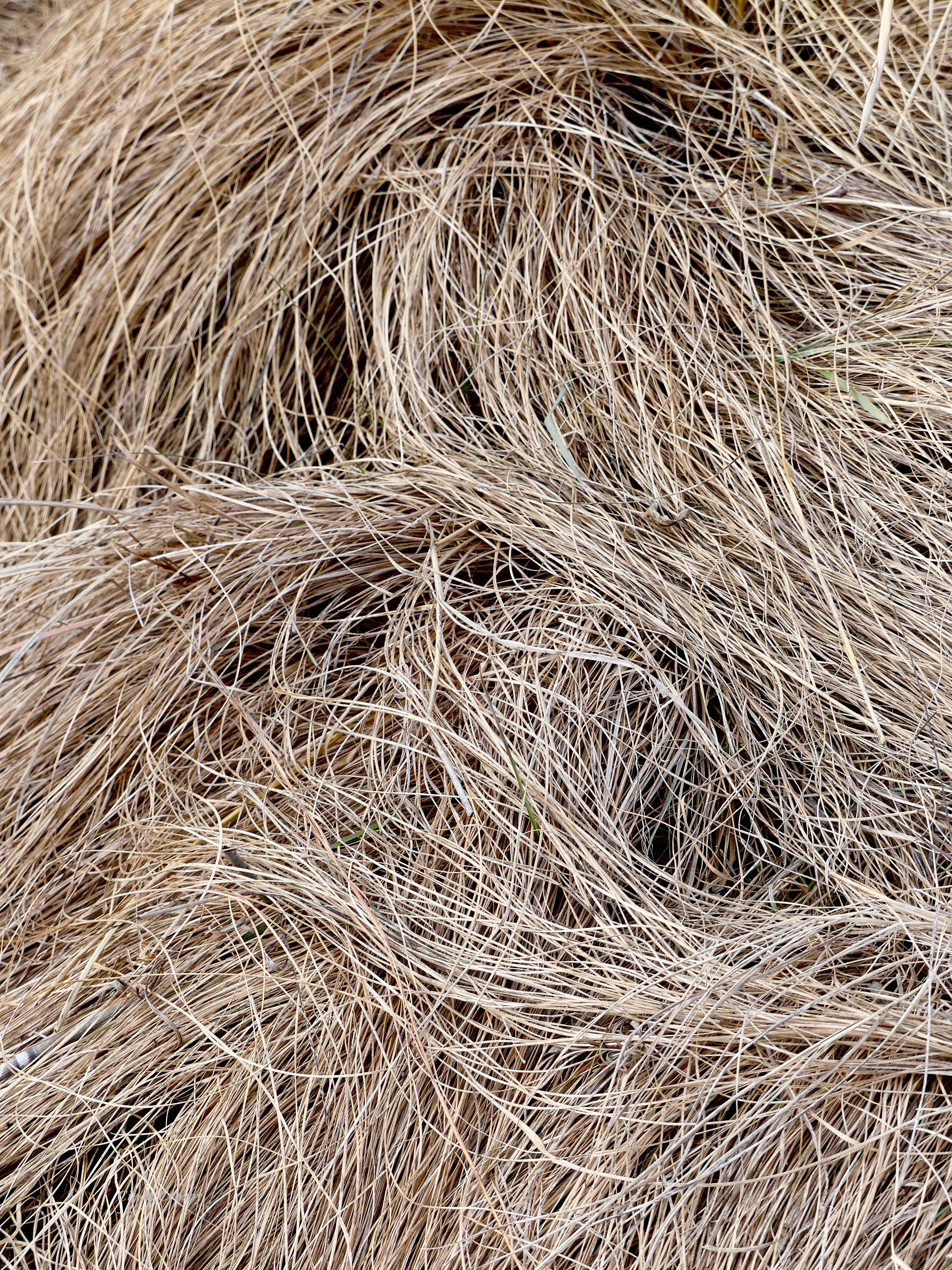






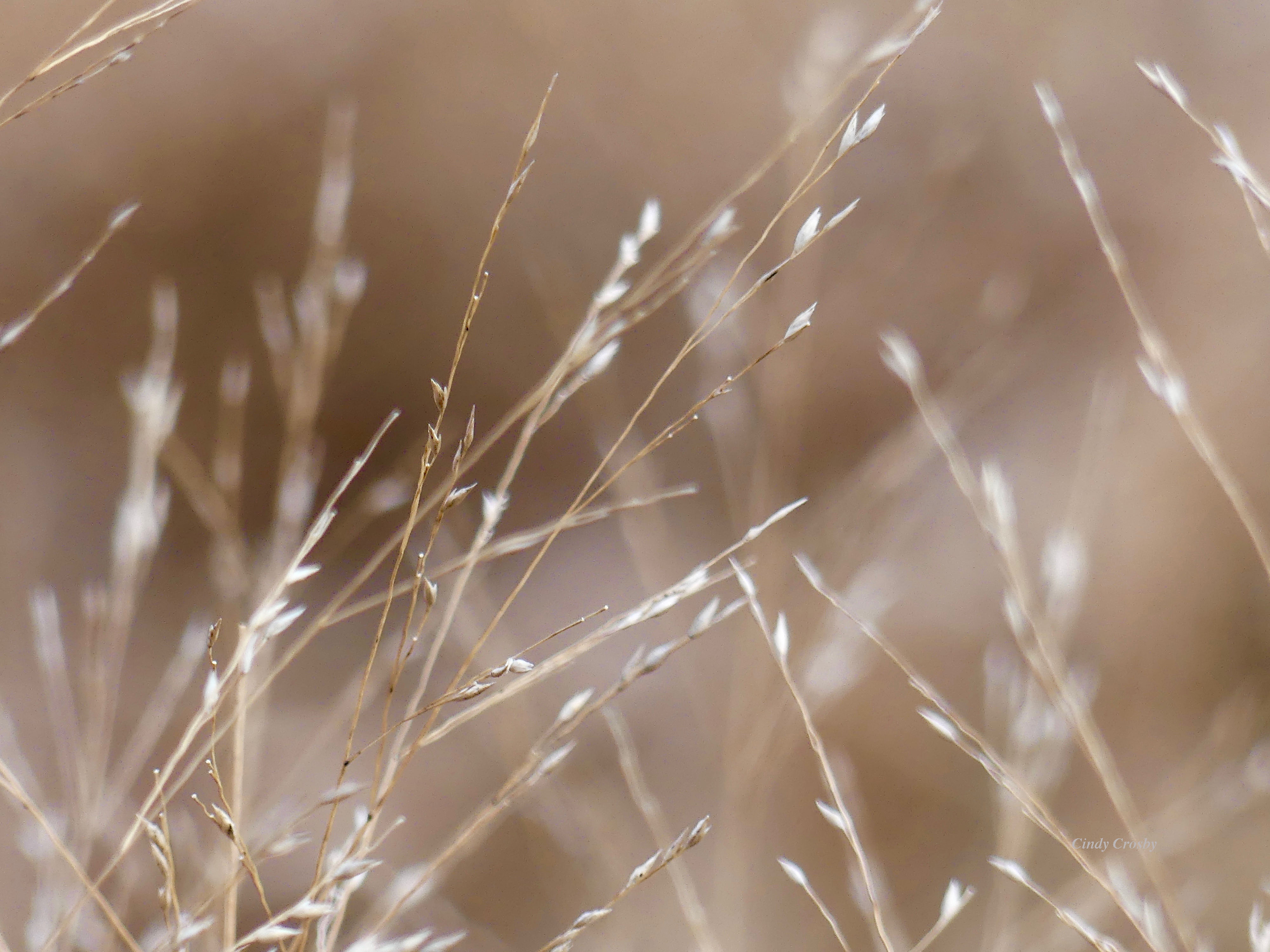








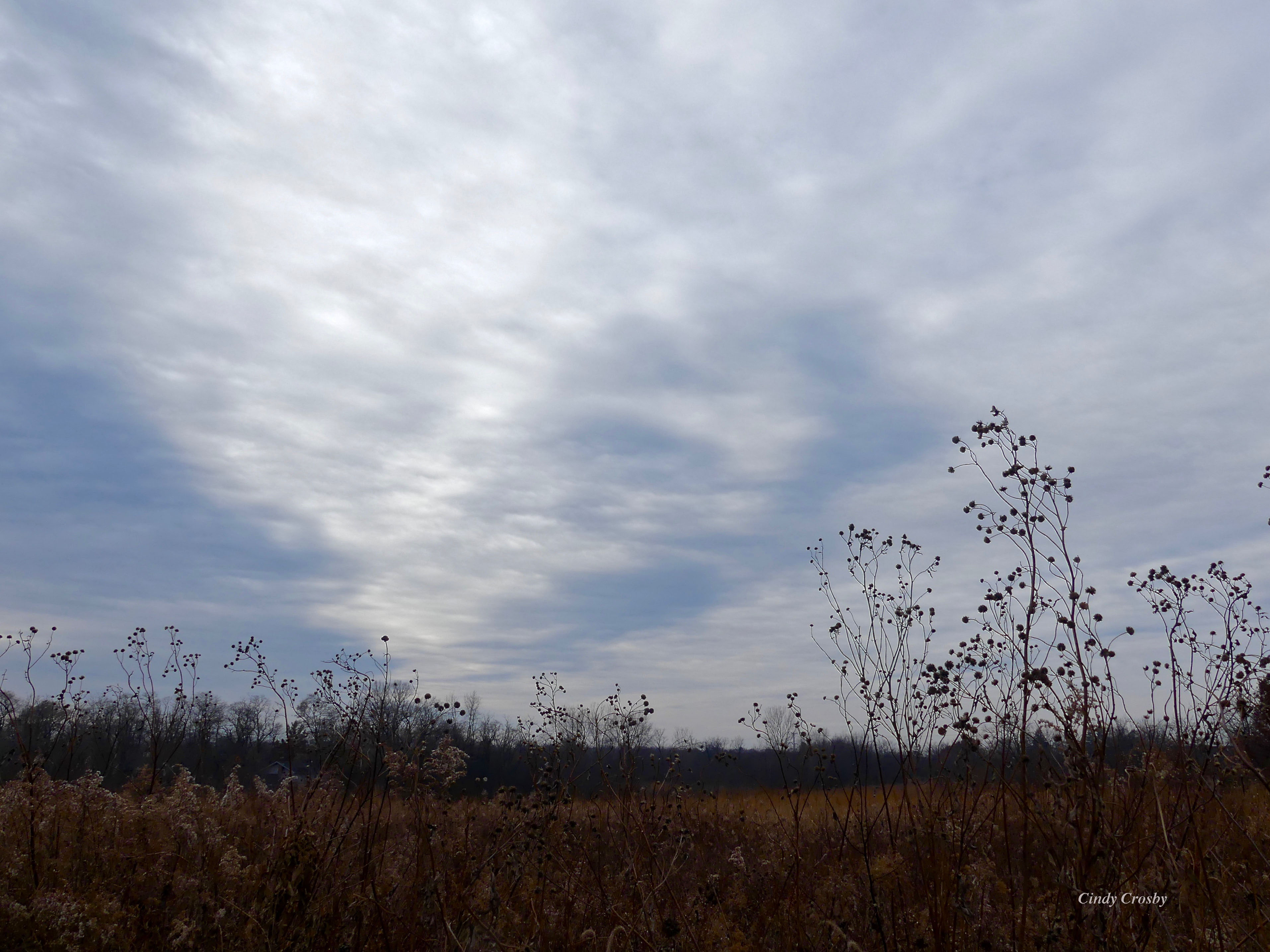


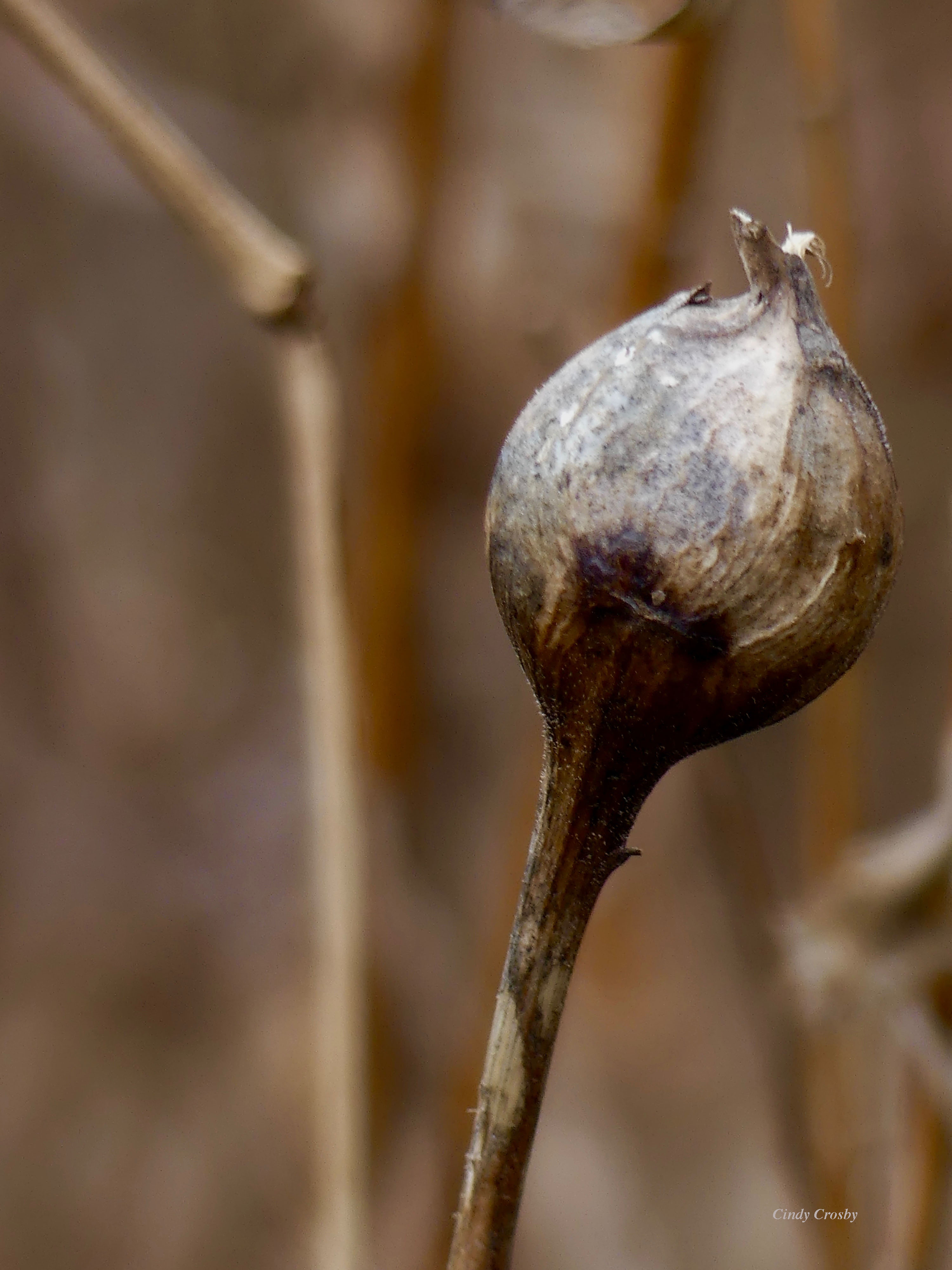
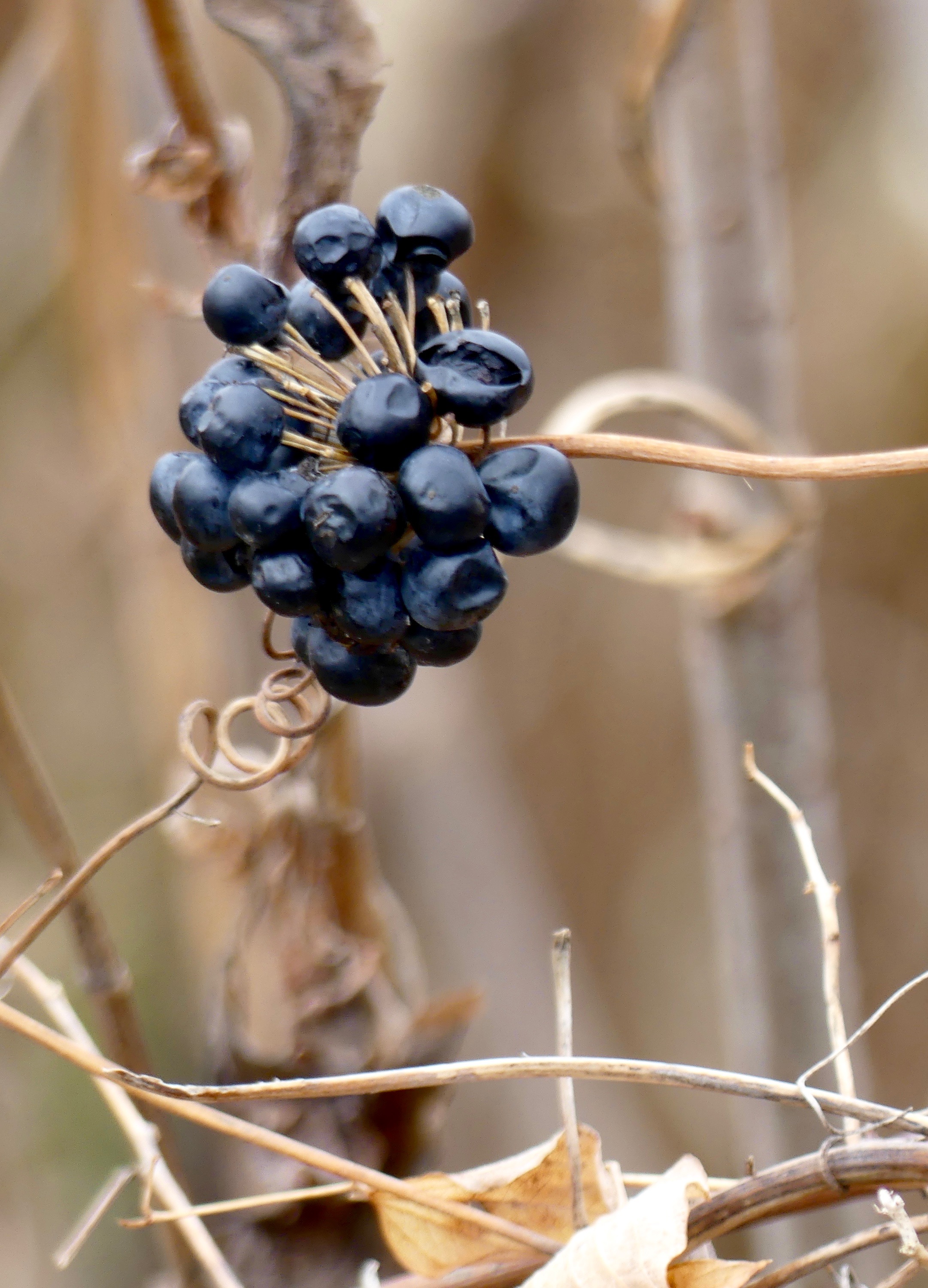

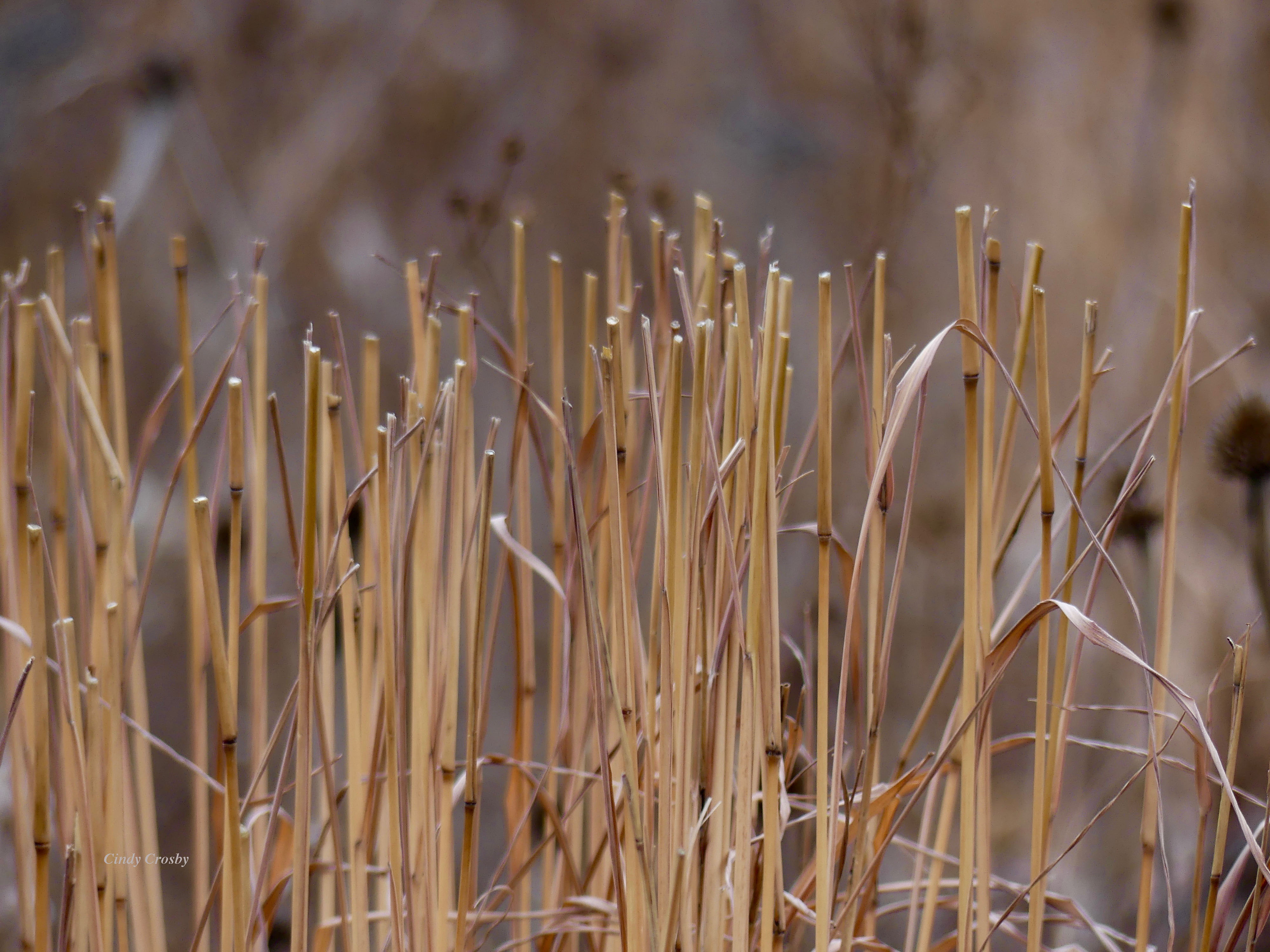



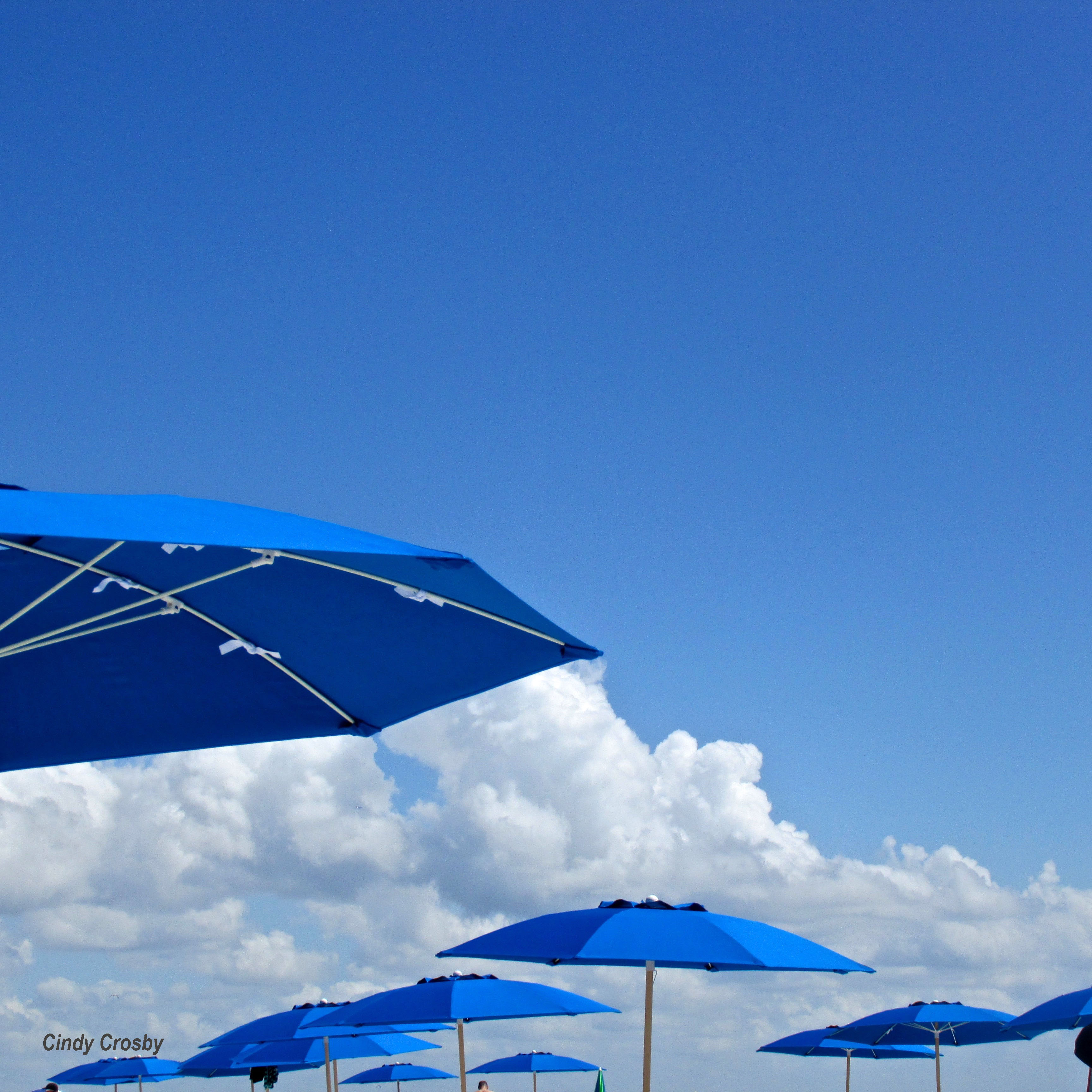





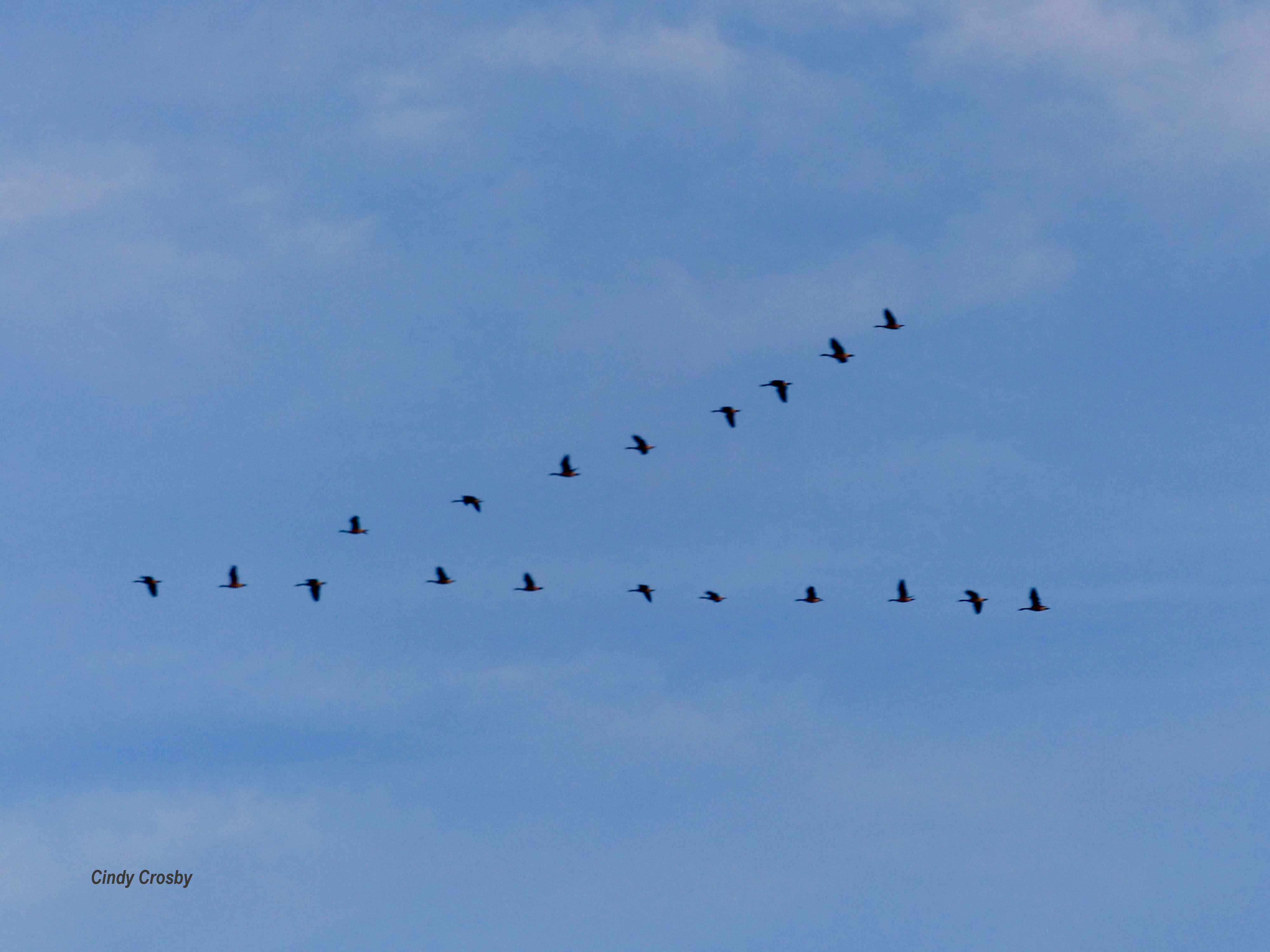



 Look closely, and you may find a few tracks. Mammals are out and about in the cold. Birds. In my backyard, close to the prairie patch, we’ve been feeding the birds extra food during the bitter temperatures, and they, in turn, have graced us with color, motion, and beauty. As I scrubbed potatoes before having some friends over for dinner this weekend, my mundane task was made enjoyable by watching the interplay at the feeders outside my kitchen window. Scrubbing potatoes became meditation of sorts. Outside were squabbling sparrows. The occasional red-bellied woodpecker. Juncos–one of my favorites–nun-like in their black and white feathered habits. The occasional burst of cardinal color. Darting chickadees. Nuthatches, hanging upside down, zipping in for a peanut or two. Downy woodpeckers, like this one.
Look closely, and you may find a few tracks. Mammals are out and about in the cold. Birds. In my backyard, close to the prairie patch, we’ve been feeding the birds extra food during the bitter temperatures, and they, in turn, have graced us with color, motion, and beauty. As I scrubbed potatoes before having some friends over for dinner this weekend, my mundane task was made enjoyable by watching the interplay at the feeders outside my kitchen window. Scrubbing potatoes became meditation of sorts. Outside were squabbling sparrows. The occasional red-bellied woodpecker. Juncos–one of my favorites–nun-like in their black and white feathered habits. The occasional burst of cardinal color. Darting chickadees. Nuthatches, hanging upside down, zipping in for a peanut or two. Downy woodpeckers, like this one.



